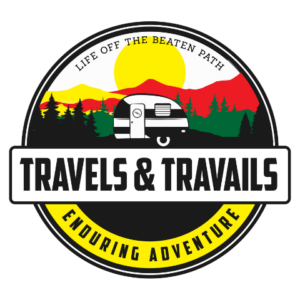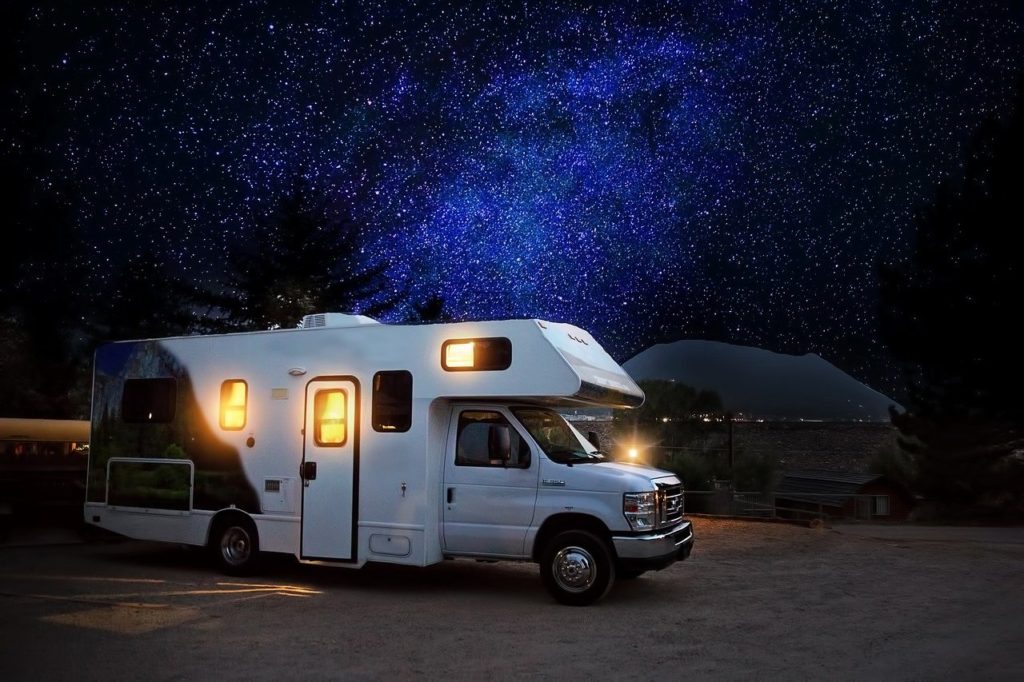
During camping season, campsites can be hard to come by, so it’s helpful to understand the different options for camping so you can find that perfect spot. There are many options for campgrounds that you may not have thought of.
Having said that, it begs the question, “What are Some different types of campgrounds?” Here are eight different types of campgrounds where you can find a comfortable campsite:
- Local/County Parks
- Harvest Hosts
- Hipcamp
- National Forest Campgrounds
- National Parks Campgrounds
- State Campgrounds
- RV Parks
- RV Resorts
Local/County Parks
Local and county parks are one of the most overlooked types of campgrounds. They are a unique breed of park – every one is so different. Some local and county parks have hookups and some are just dry camping. We have been to some really nice parks and some that we wouldn’t visit again. Be sure to check out the campground and look at some reviews before you visit. There are many apps to get campground reviews, including the Dyrt app. If you’d like to have some additional features, the Dyrt has some features like trip planning and fuel costs estimates. With gas prices as high as they are, who wouldn’t want to be able to know fuel costs before a trip.
Harvest Hosts
Harvest Hosts is a membership site that you join. With the membership, you can camp at over 3000 wineries, breweries, farms and museum for free. In return, they ask that you support the host by purchasing goods at their establishment. Currently, the annual membership fee is $99.00. And, as long as you renew every year, the annual renewal stays the same.
We have really enjoyed Harvest Hosts! One of our favorite Harvest Host is Indigeny Reserve, a cidery and distillery in Northern California. The grounds are beautiful and they even have a hiking trail to an area where you can see a miners camp from a bygone era. Every Harvest Host is unique and special.
While there is no guarantee that you will get a campsite at the Harvest Hosts location of your choice, you can reserve a site, in advance, on the app or the website. One caveat is that you have to be camped in a fully self-contained, hard-sided camper.
Hipcamp
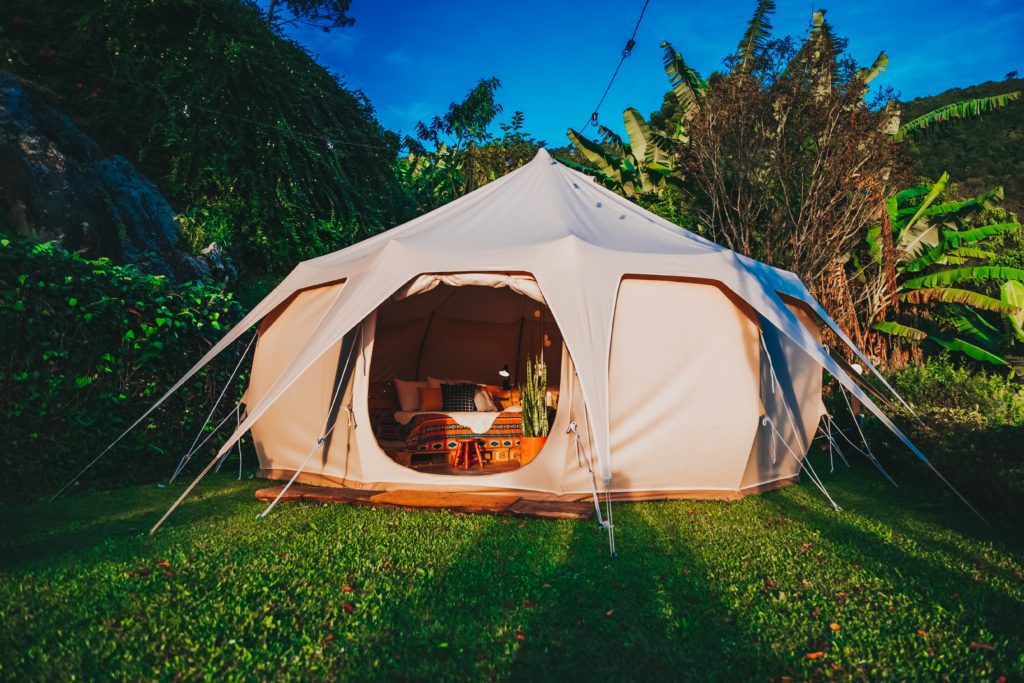
Hipcamp is another unique camping opportunity. Hipcamp is the Air BnB of camping where you camp on someone’s property for a fee. There are a wide variety of Hipcamp locations. Some are on lakes and rivers, some are in the forest, and some are in the desert. Hipcamp is a great backup plan when campgrounds are normally full, like on holiday weekends. And, you might find a favorite that you like and want to revisit. When National Park campgrounds are full, there are plenty of Hipcamp locations near the National Parks. If you don’t have an RV or tent, no problem. Hipcamp has plenty of locations with yurts, cabins and treehouses, because glamping is hip!
Unlike Harvest Hosts, Hipcamp is open to tent campers are well as RVs. If you use this link, you’ll get a $10.00 credit toward your camping stay.
National Forest Campgrounds
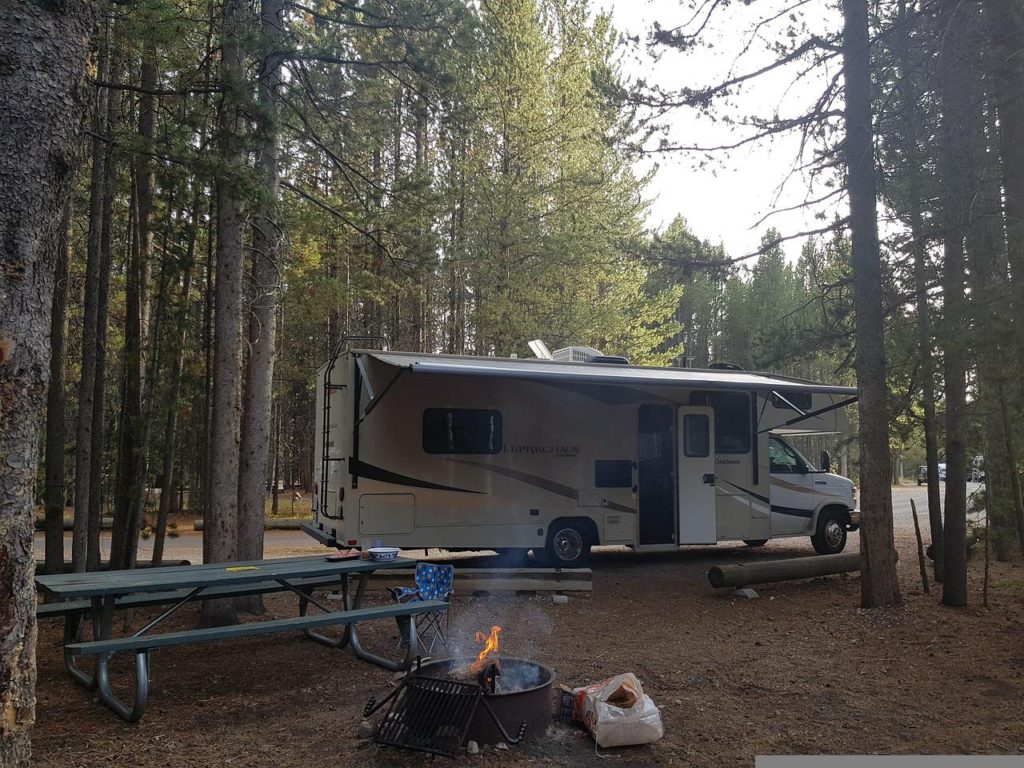
National Forest campgrounds are normally available for a nominal fee, normally around $10-$15 per night. And, many are first come, first served if you want to take an impromptu trip. National Forest campgrounds rarely have hook-ups, but every one has at least a pit toilet, a fire ring, and a picnic table. Some are actually quite delightful. We camped at a beautiful National Forest campground that we found at the last-minute. As with all first-come, first-served campgrounds, it’s a good idea to get into camp by mid-afternoon to secure that spot.
National Parks Campgrounds
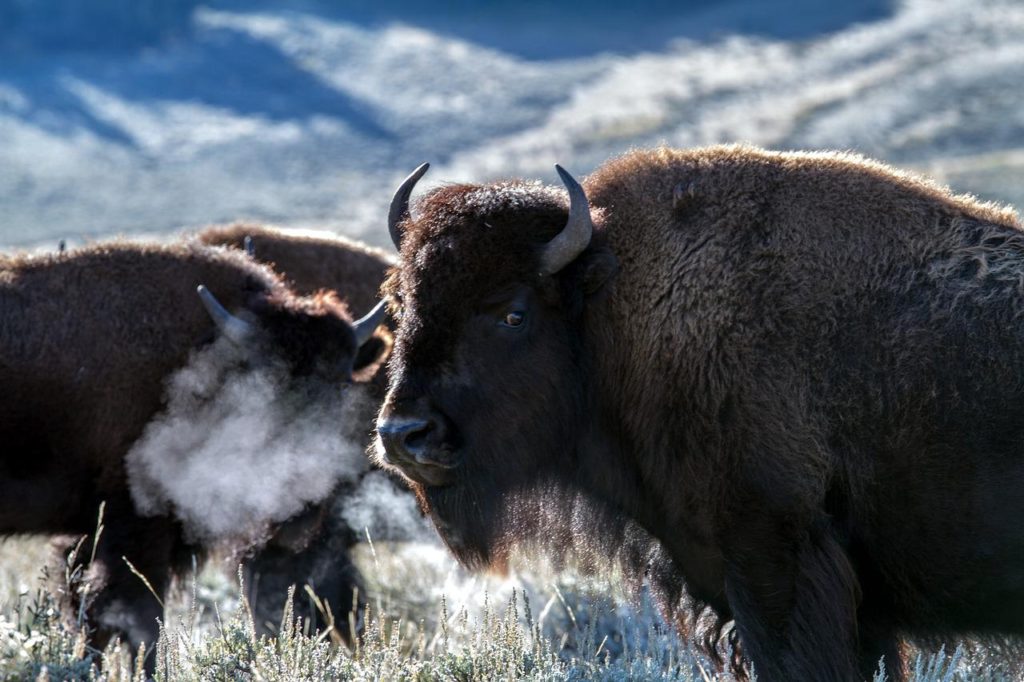
National Park campgrounds are the creme de la creme of camping due to their proximity to the features of National Parks. National Parks have some of the most incredible scenery and features available in the United States. Consider Yellowstone, chock-full of colorful geysers, and close encounters with wild animals. Likewise, the Yosemite valley has some of the most spectacular views in the country. People come from all over the world to see the park. These popular parks defiantly have challenges when it comes to camping reservations. Many people are online at 7 AM PST six months in advance (to the day) to get camping reservations inside Yosemite National Park. If this is not your bag, or if you lose out, consider your options. One option is to keep your eyes open for campground cancellations. Campnab is an app that helps you find cancelled reservations at sold out campgrounds. We used this service to get campsites in both Grand Tetons and Glacier National Park.
Another options is to visit a less popular National Park. There are 63 National parks in the United States. Can’t get into Yosemite? Try Sequoia National or Kings Canyon Nation Park. Yellowstone full? Try Grand Tetons or Glacier National Park. While National Park campground sites are competitive, there is a way to make it work.
State Campgrounds
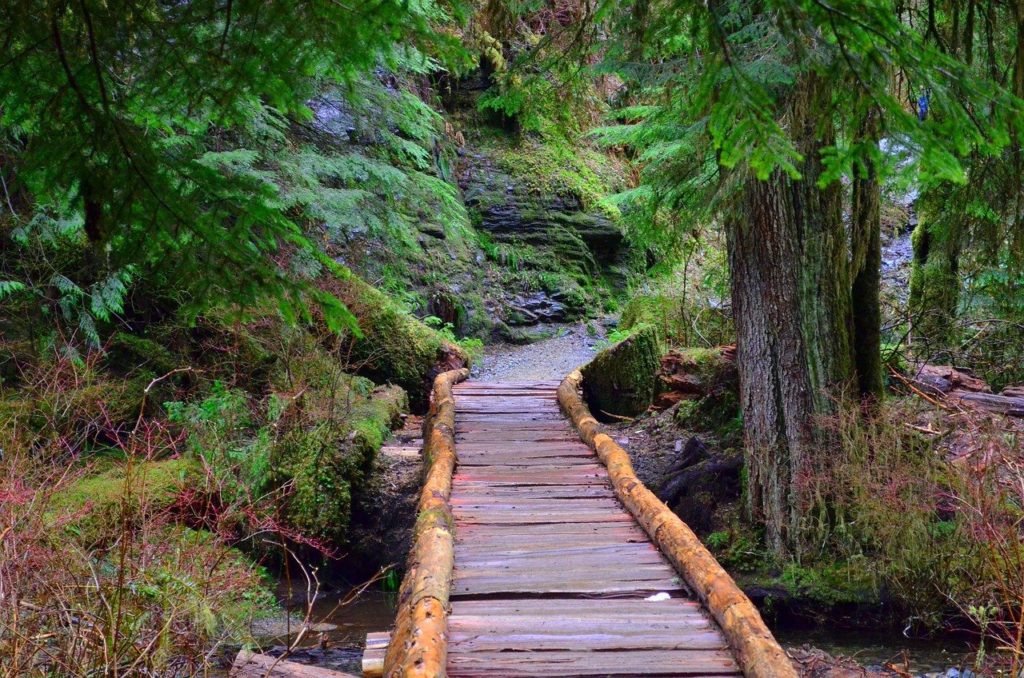
State campgrounds vary by amenities depending on the state. California, for example, has state parks that are almost always dry camping, while other states may have full or partial hookups at their campground. Still, state campgrounds often showcase the best the state has to offer. Consider Manatee Springs State Park, in Florida This state park boasts seasonal access to manatees and an 800-foot boardwalk that meanders through a cypress forest. This park offers hot showers and electrical and water hookups for RVs. Plus, they have many sites for tent camping as well.
RV Parks
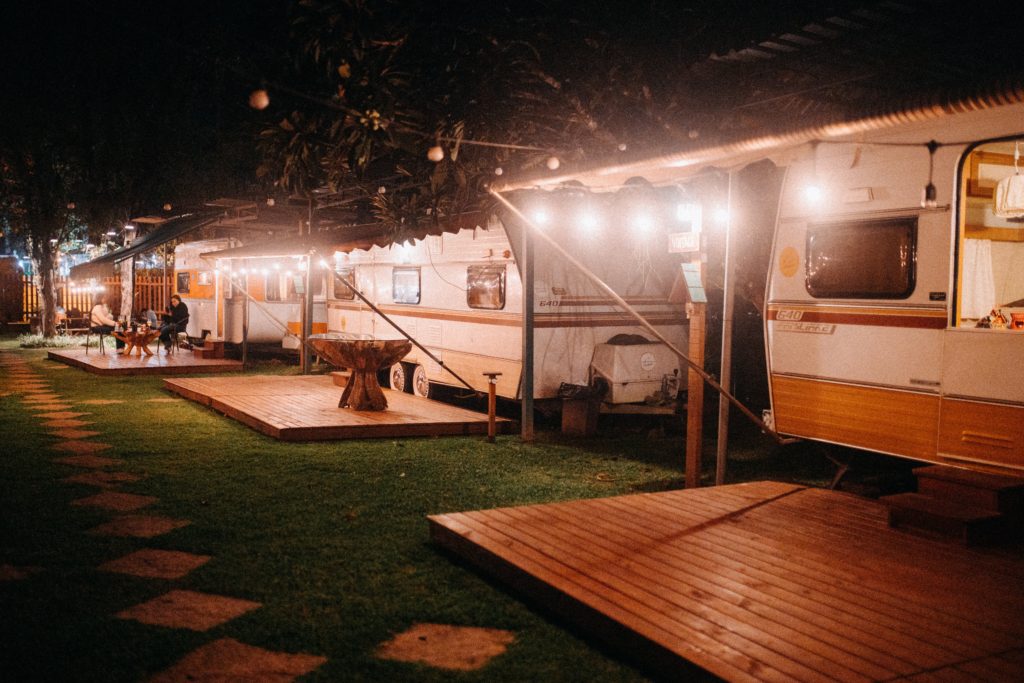
RV parks are the go-to locations for people with large RV rigs that can’t fit into other campgrounds, like state campgrounds and National Park Campgrounds. Still, some campgrounds, like Kampgrounds of America (KOA), can accommodate both larger rigs as well as tent campers. One advantage to RV parks is that you always know you will have hookups. This has been important for us as we travel across the country. Since we spend most of our time dispersed camping, occasionally want to have access to full hookups and a larger hot shower. That’s where RV parks shine. And, most RV parks are accommodating to dog owners, unlike National Parks and some state parks. The biggest downside to RV parks, in my opinion, is the close proximity to other campers. However, it may be worth it to you in order to have full hookups, a hot shower, and a laundromat.
RV Resorts
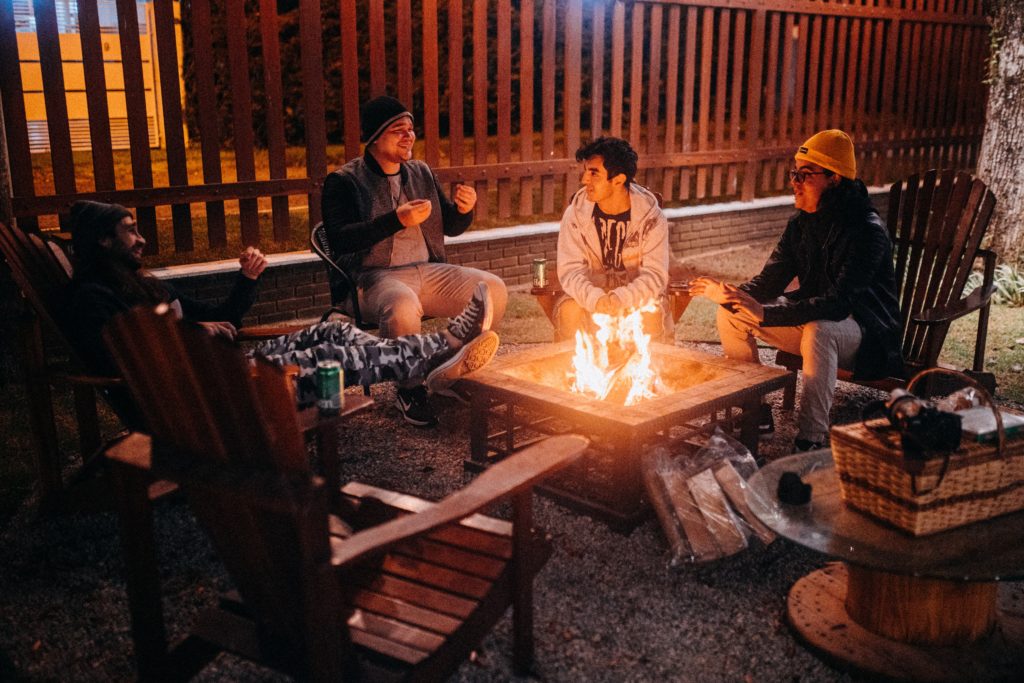
One giant step above the RV park is the RV resort. Along with the usual RV park amenities, RV resorts will have niceties such as hot tubs, fitness centers, dog parks, private on-site restaurants, and golf courses. Other luxuries include numerous pools, tennis courts, on-site health and wellness clinics, boat rentals, and clubhouses.
If you like to camp in style then an RV resort might be for you.
Conclusion
There are so many types of campgrounds. What are you waiting for? Get out there and camp. You’ll make memories that will last a lifetime.
